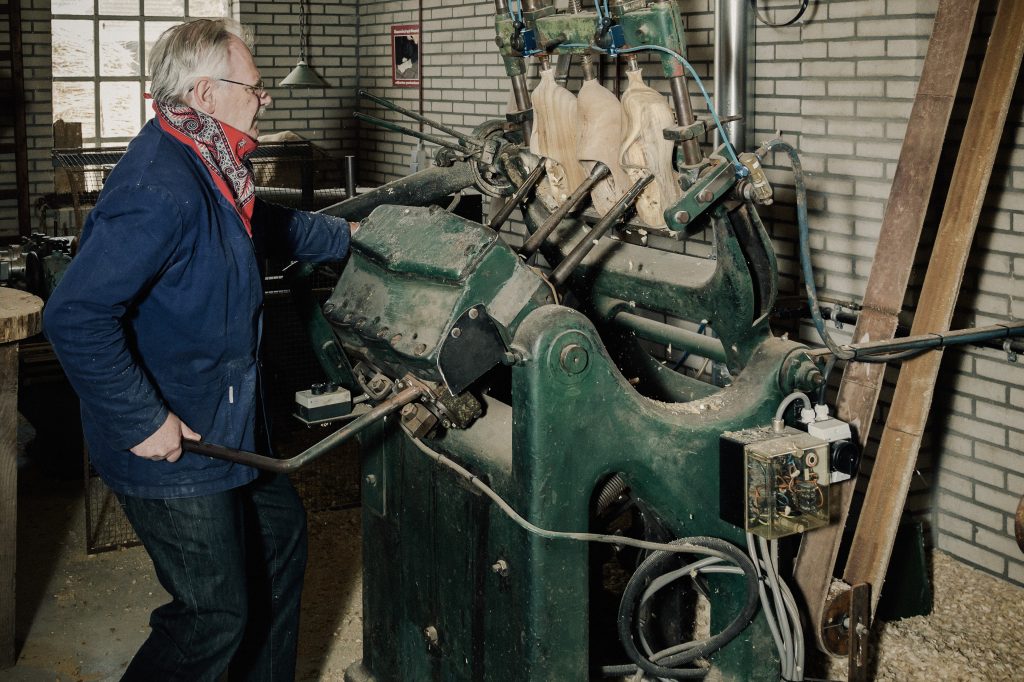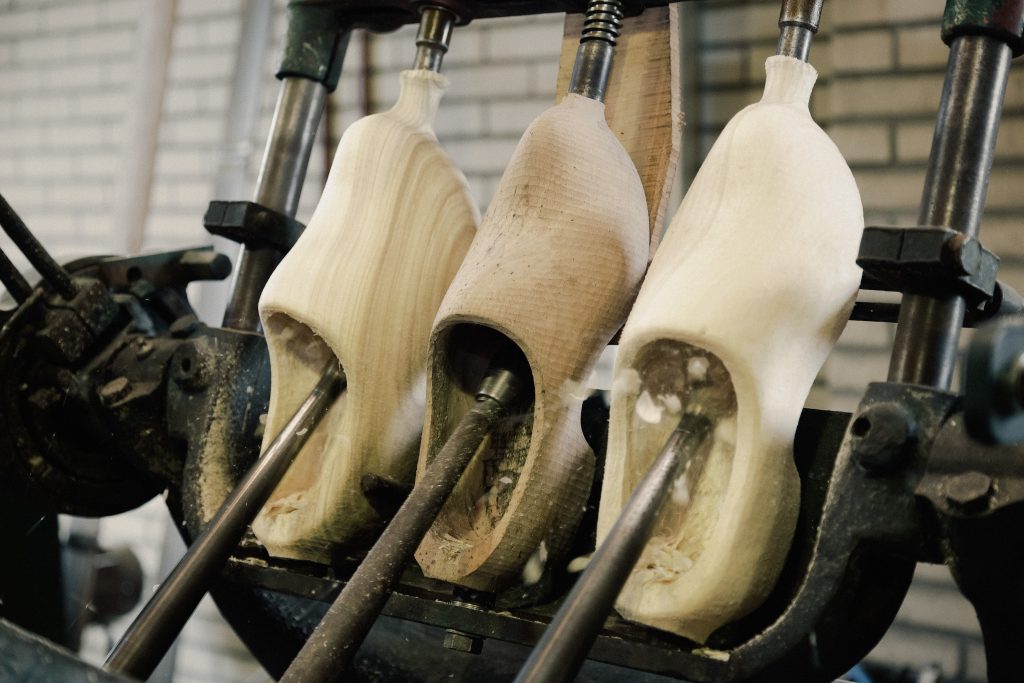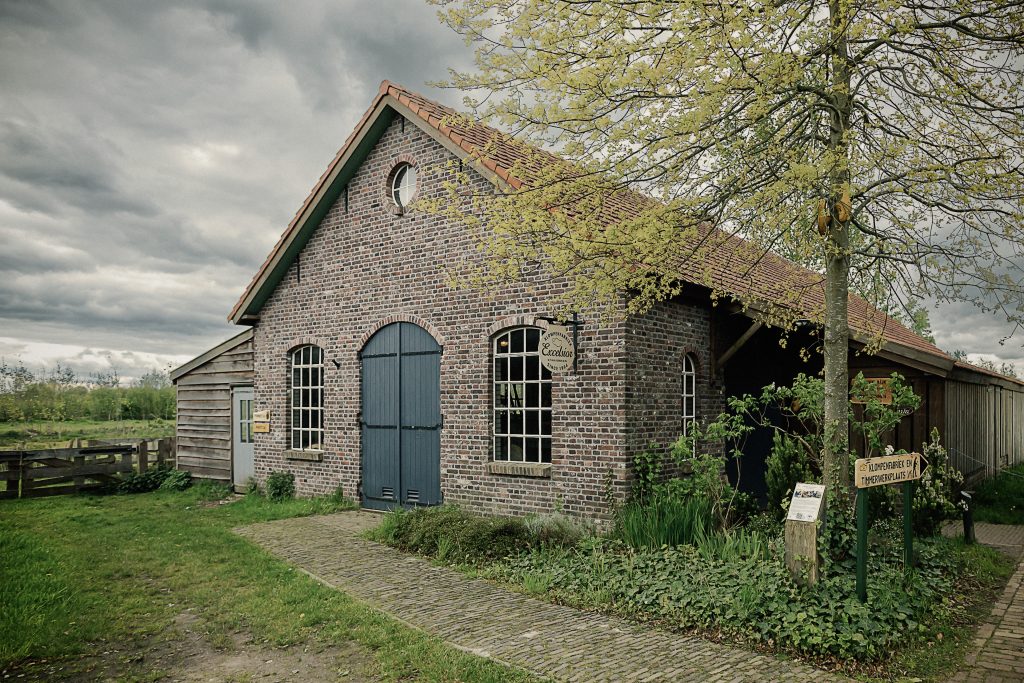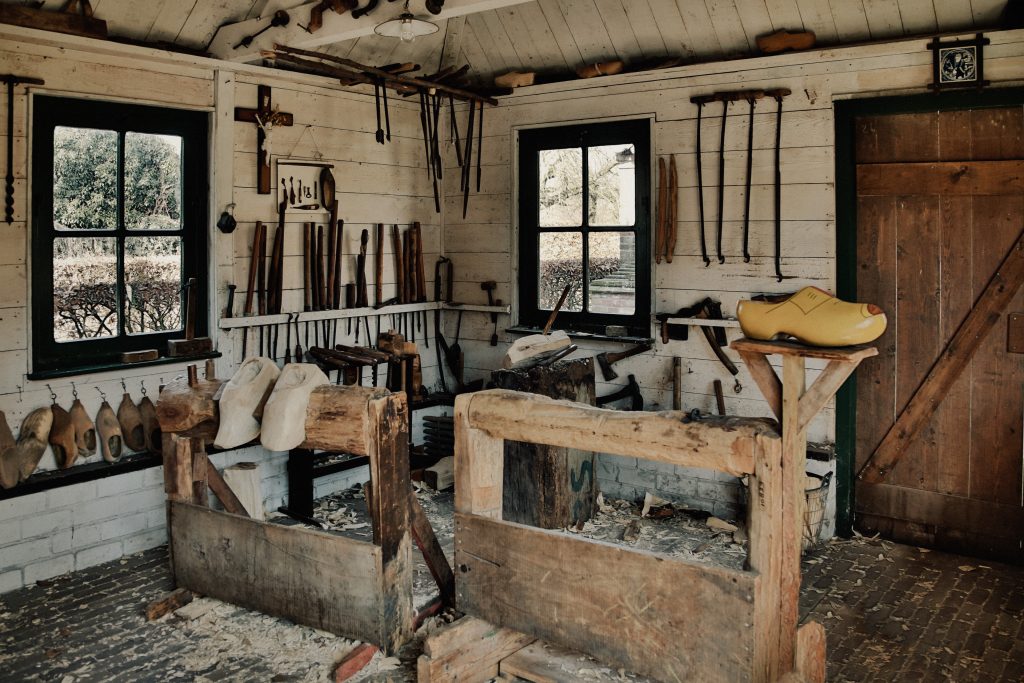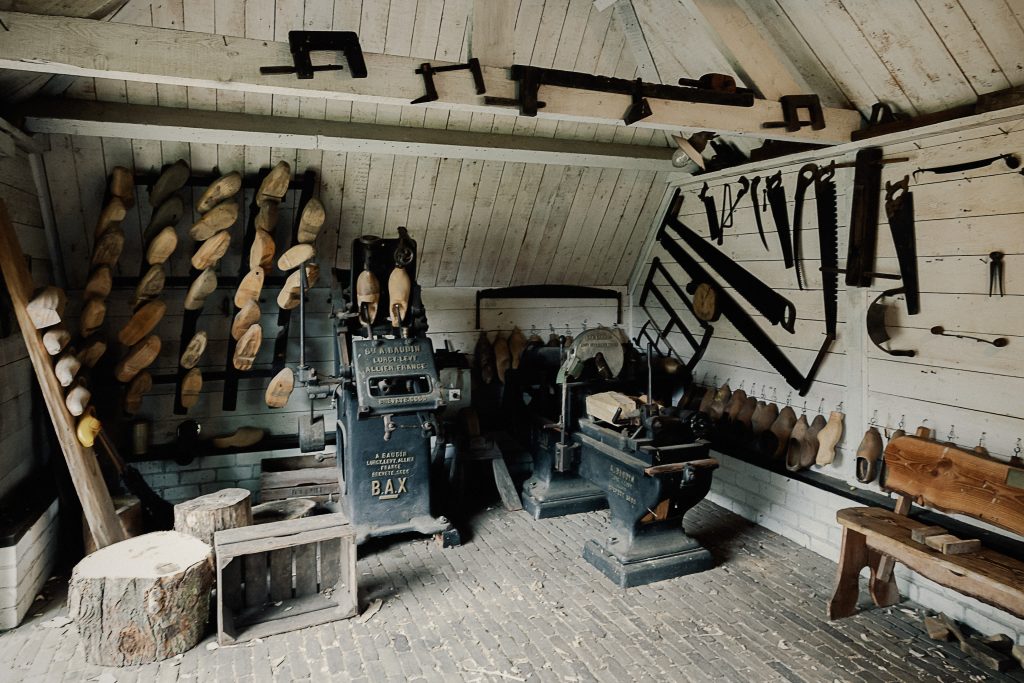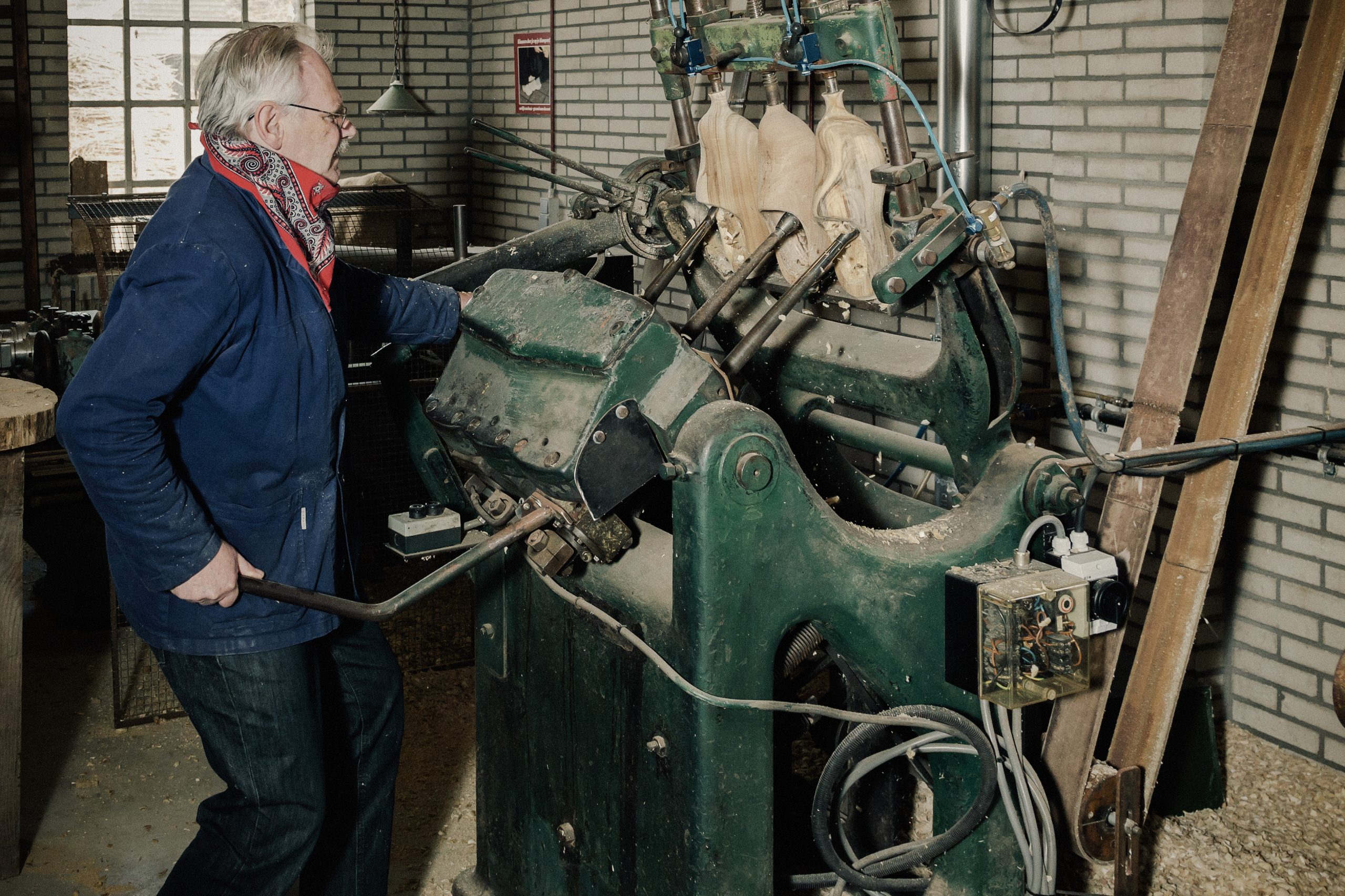
Making clogs
On 26 October, you can discover the craft of clog-making at the Boerenbondsmuseum! Artisans demonstrate their skills and share their knowledge about this traditional craft. Don't miss this opportunity to see the process in action and learn more about the history of clogs.
-
26 Octob
-
13:00h to 17:00h
This afternoon there are several demonstrations that have everything to do with making clogs. In our traditional clog factory on the village square as well as in the mechanical clog factory you can see how clogs are made. The first machine-made clog is exhibited in the Boerenbondsmuseum.
Discover more activities
Making clogs
Around the beginning of the 20th century, clog-making was an important craft in the Netherlands. Clogs, made from wood, were popular not only for their functionality but also for their robust and durable nature. The art of making clogs required craftsmanship and experience, with every step of the process being carried out with care and precision.
The clog-making process began with selecting the right wood, usually poplar or willow, which were light and easy to work with. The clog maker first cut rough blocks from the log and then started shaping the clogs using hand tools. This was done with various tools, including axes and chisels.
After shaping, the clogs were dried, an essential step to ensure their quality and durability. The clogs were then sanded and often personalized with colors and patterns. The entire process, from selecting the wood to finishing the clogs, could take several days.
By the late 19th century, industrialization began to influence the clog-making industry as well. Machine-driven clog factories emerged, using saws and other machinery that significantly sped up the process. This allowed for the production of clogs in larger quantities, resulting in lower prices and greater availability for consumers.
However, the shift to machine production did not mark the end of the craft. Many traditional clog makers combined their skills with modern techniques to ensure the quality of their products. As a result, handmade clogs continued to be highly valued for their craftsmanship and unique appearance. Today, there are still about 20 clog factories in the Netherlands.

